Emerana
TPF Noob!
- Joined
- Jan 2, 2008
- Messages
- 857
- Reaction score
- 0
- Location
- Houston, Texas
- Can others edit my Photos
- Photos OK to edit
In the online class I am taking, they said jpeg was very 'lossy" and you shouldnt save and resave in that format. Does anyone convert? To what? I have been using jpegs forever, I never knew they were so awful???


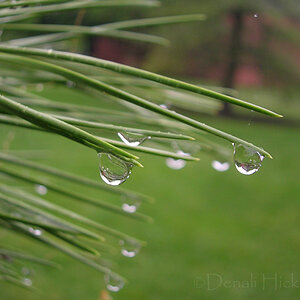
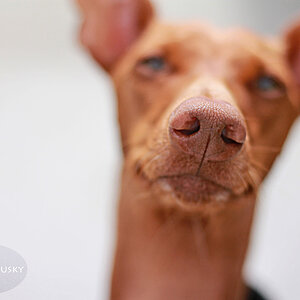
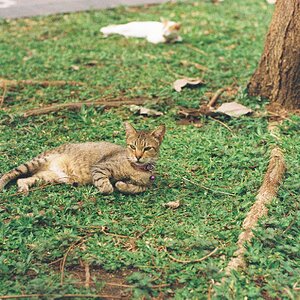
![[No title]](/data/xfmg/thumbnail/32/32003-70dfe149c27224e28ba98e975984e01e.jpg?1619735147)
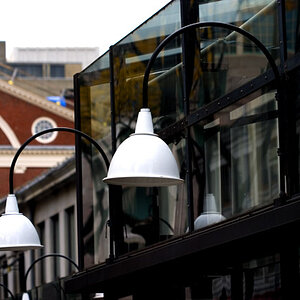
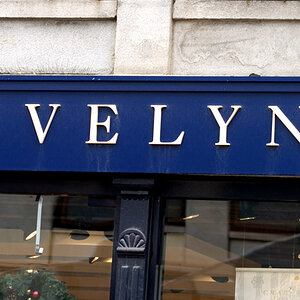
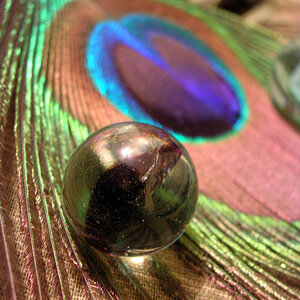

![[No title]](/data/xfmg/thumbnail/32/32696-92b490fbf42036986e97d5e60ff2b35e.jpg?1619735599)